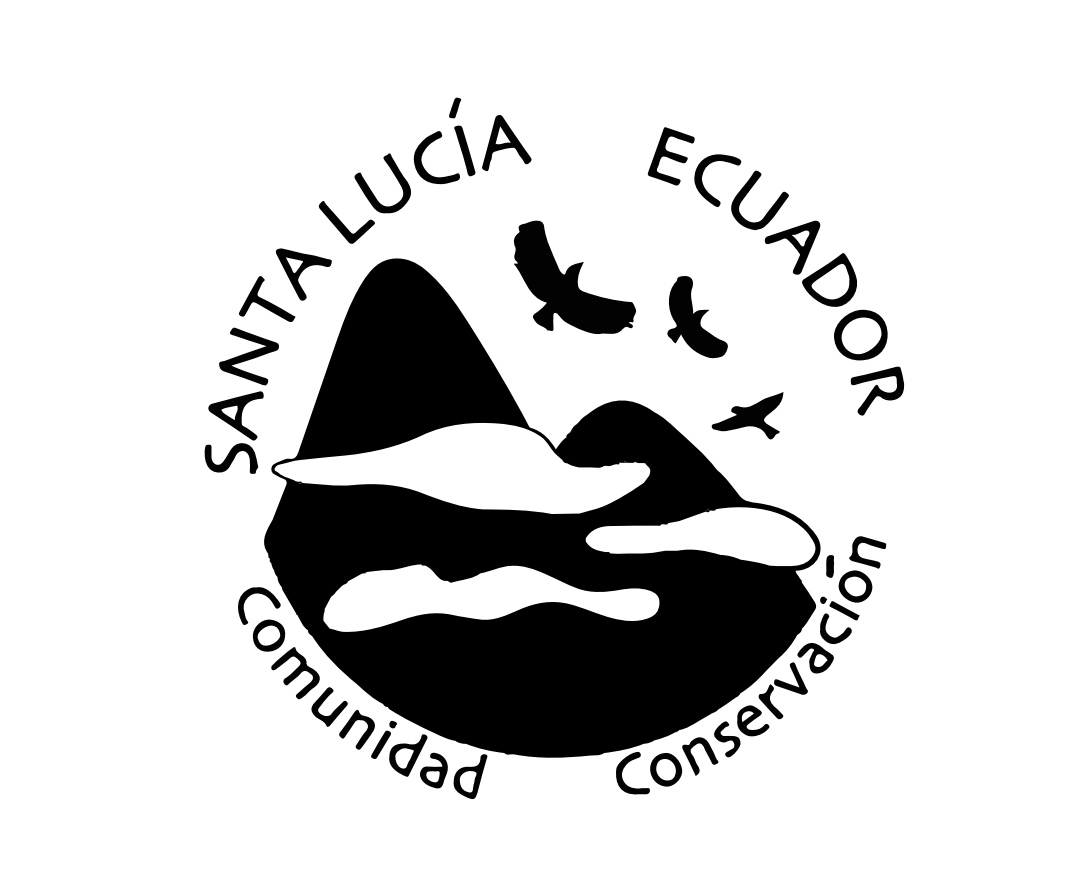Top 15 of the 2019 camera trapping.
- Santa Lucía

- Feb 13, 2020
- 2 min read
Here's the Top 15 most registered animals in our camera traps (excluding human beings and domestic animals). There are surprisingly many birds on the list.

(1) White-throated Quail-Dove (Zentrogon frenata): 179 observations
=> has been in the top spot for years
(2) Nine-banded Armadillo (Dasypus novemcinctus): 146 observations
=> common and wide-spread in the reserve, typically found in elevations below the lodge though
(3) Andean Bear (Tremarctos ornatus): 116 observations
=> although observed year-round, there is a season when there are more individuals presents which means more observations in camera traps too
(4) Rufous-breasted Antthrush (Formicarius rufipectus): 95 observations
=> like the Quail-Dove above likes to parade in front of the camera and hence a nightmare for the poor guy who has to scan through the pictures
(5) Tayra (Eira barbara): 78 observations
=> often observed in pairs or small groups
(6) Western Agouti (Dasyprocta punctata) : 75 observations
=> lately often directly observed between the lodge and the cabins
(7) Puma (Puma concolor): 67 observations
=> observed at all elevations and during all times of the day
(8) Swainson's Thrush (Catharus ustulatus): 59 observations
=> migratory bird, becomes abundant during Northern winter, often posing in front of cameras
(9) Oncilla (Leopardus tigrinus): 53 observations
=> far less presents (in camera traps) than in the year before -> Ocelot-effect?
(10) Red-tailed Squirrel (Sciurus granatensis): 35 observations
=> as always, it's suprising to find this arboreal animal so high up in the list
(11) Chestnut-capped Brush-Finch (Arremon brunneinucha): 31 observations
=> another ground bird that is commonly hanging out around our cameras
(12) Giant Antpitta (Grallaria gigantea): 24 observations
=> otherwise hard to spot, usually always filmed at the same spot
(13) Andean White-eared Opossum (Didelphis pernigra): 18 observations
=> present in the whole reserve, but replaced by the Common Black-eared Opossum (Didelphis marsupialis) towards the lower end of Santa Lucía
(14) Red-brocket Deer (Mazama americana gualea): 17 observations
=> another one that was observed much less than in the years before
(15) South-American Coati (Nasua nasua): 10 observations
=> or is it Nasua narica?





Camera trap setup to capture forest penguin footage; Canon 5D Mk IV with Canon 24mm f/1.4 lens at f/13, ISO 6400 in M mode. As the penguins are sensitive to light, lights can not be used. Set this trap up for one week in preparation for their breeding season. for this purpose, I prefer this website for choosing or buying a high digital and high-resolution spying camera.